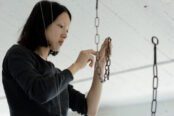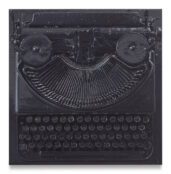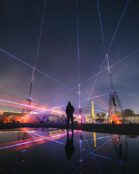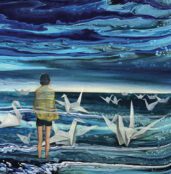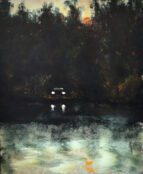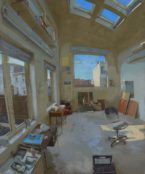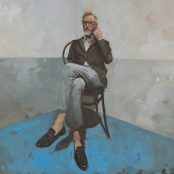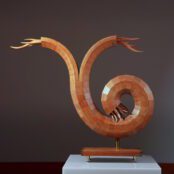After more than two decades, Kunsthalle Praha and curator Barbara Ropková welcome conceptual artist Roman Ondák back to Prague with a comprehensive overview of his works. The Day After Yesterday features more than fifty works, covering his interest in a wide variety of media: installations, videos, photography and drawings. While the exhibition covers the long arc of his career, this is more than a retrospective, and the layout of the exhibition, which presents the works in a non-linear way, placing older works in dialogue with newer pieces, reflects the artist’s ongoing conversation with his own work, and the recurrent themes – the passage of time, memory and identity – which he continues to explore.
Ondák’s artistic career began under a repressive communist regime and his choice of conceptual art as a principal medium gave him the ability to blend personal narrative with broader social commentary through coded language and the symbolic ideas present in his artworks.

The title of this multi-faceted, and often interactive, exhibition, taken from a work he created in 2005, invites viewers to consider their own experiences of time, memory and identity. The title suggests a contemplation of the past and the immediate present, and Ondák employs a variety of media, including installation, performance and interactive pieces, which invite viewers to think about how memories shape their own understanding of the world. One of the main features of his work is the use of everyday objects and situations to comment on larger existential themes. He uses simple materials like paper, string or found objects to create installations that evoke nostalgia or, more importantly, how our ideas about the past and the present are always changing.
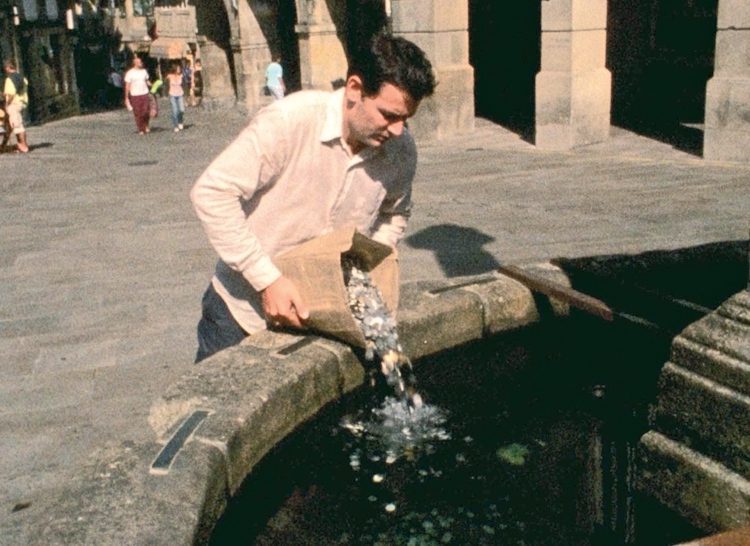
These materials serve as metaphors for the transient nature of memory and how it changes. The use of elements from his own life and times offers insight into his personal history but the pieces invite a broader universal connection. He sets up scenarios where viewers are encouraged to participate, perhaps by contributing their own memories or experiences. This interactivity not only makes the audience a part of the artwork but also emphasises the idea that memories are shared and constructed collectively. Ondák’s conceptual art reflects a deep understanding of the complexities of human experience. His works challenge viewers to confront their own histories and perceptions while considering how collective memory shapes society. By engaging with themes of time, memory and identity, The Day After Yesterday becomes not just an exhibition but a platform for introspection and dialogue.
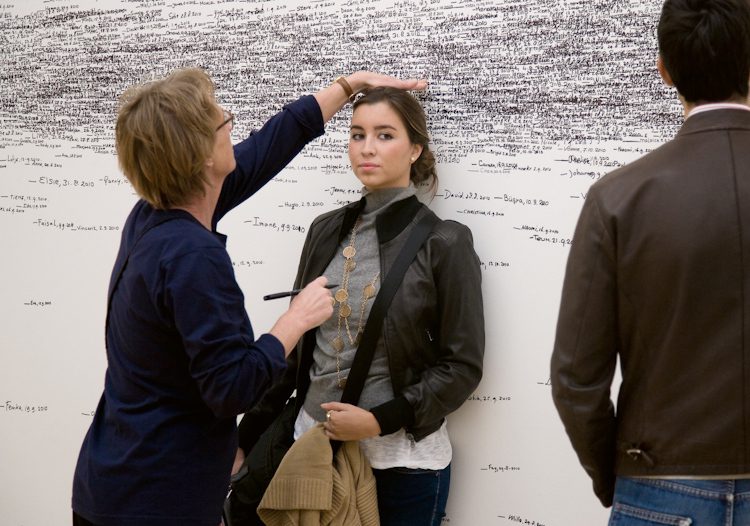
There are many highlights in this exhibition including Do Not Walk Outside This Area, a readymade piece created from the wing of a Boeing 737-500. Visitors can step onto the sculpture and experience the work, and the gallery, from a unique perspective, while considering the implications of the warning on the wing of the plane. Do Not Walk Outside This Area invites the viewer to consider the limits of freedom, Ondák’s larger idea being that whether we find ourselves living under a repressive totalitarianism or the ‘freedom’ of democracies, limits are always being set for us and we must navigate and negotiate those limits in all areas of our lives.

Roman Ondák’s The Day After Yesterday gives the visitor a not-to-be-missed immersion into the power of conceptual art. Through his innovative use of materials and engagement with the audience, Ondák creates a space that encourages reflection and dialogue. His work not only challenges viewers to consider their own experiences but also emphasises the collective nature of humanity, making it a poignant exploration of what it means to remember and to exist in the present.
The Day After Yesterday
Roman Ondák
Kunsthalle Praha
13 November 2025–9 March 2026
Travel supported by Sutton/Kunsthalle Praha
Images courtesy of Kunsthalle Praha © Roman Ondák

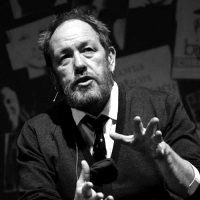
Barry Taylor writes and speaks about the intersections of philosophy, theology and contemporary culture. In past, he was the road manager for AC/DC during the Bon Scott era before becoming a Los Angeles theologian.



